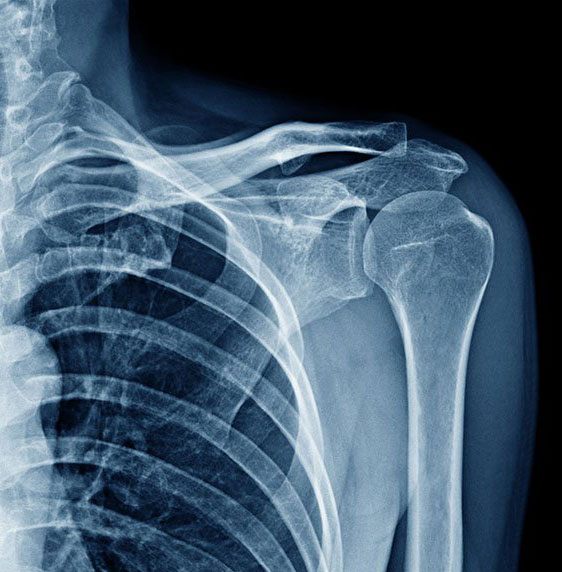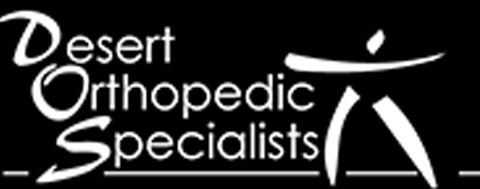Fracture Repair, Treatments and Casting in Scottsdale, AZ
Not every bone fracture will require the musculoskeletal expertise for an orthopedic surgeon, but orthopedic specialists can do more than perform surgeries. They are also the medical professionals to trust when it comes to properly setting and casting fractured bones to ensure optimal healing and recovery.
Potential Fracture Treatments
Plaster Cast – Everyone has seen plaster casts, oftentimes on children, as they are a common treatment for young people who have a comparatively high rate of fractures due to their rambunctious and active lifestyles. Plaster casts are reliable because they prevent any kind of unwanted movement and allow a bone to heal completely.
Sprints and Braces – Like plaster casts, splints and braces help immobilize the bone while providing support for the fracture. Unlike plaster casts, most sprints and braces can be relatively easily removed.
Surgical – During surgery to repair a bone fracture, the bone will be properly set, and metal rods, plates and screws will be used to hold the pieces of bone together. These tools provide support for the bone and allows it to fuse back together while being held in proper position.
Traction – If a patient suffered severe fractures that should be treated with surgery but there are reasons surgery aren’t an option, traction may be a viable alternative. A series of bars and pullies are used to elevate the broken bones and manually realign them, but the patient is required to be held immobile in that position. Traction is often aided by pins that are inserted into the broken bones. Traction is generally a short-term solution that is used until a patient can safely undergo surgical fracture repair.
-
Simple Fractures
Sometimes referred to as closed fractures, a simple fracture is one that does not break the skin.
-
Compound Fractures
Open fractures are severe enough that the impact not only broke the bone but forced it out through the skin’s surface.
-
Greenstick and Hairline Fractures
Greenstick fractures frequently occur in children’s flexible bones and generally take the form of a small crack like a hairline fracture. Hairline fractures in adults are frequently due to repetitive impacts from activities like running.
-
Complicated Fractures
These fractures commonly accompany compound fractures and severe fractures. Complicated fractures occur any time the surrounding tissues, nerves, veins and arteries suffer significant damage due to the broken bone.
-
Comminuted Fracture
These particularly severe fractures, which result in the bone shattering into many small pieces, are most commonly caused when something heavy falls on the bone or a severe impact occurs.
-
Avulsion Fractures
These rare fractures occur when a muscle contracts so powerfully that the tendons connecting the muscle to the bone is pulled free, taking some of the bone with it. These most commonly occur in areas of the body with very strong muscles, such as the knee or shoulder.
-
Compression Fractures
Patients with osteoporosis or other conditions that weaken their bones are most at risk for compression fractures, which occur when bones are forced against each other with enough force to break the bones. Vertebrae of the spine are subject to compression fractures more than most other bones in the body.

Open and compound fractures are the most common broken bones that require some form of surgical intervention, but comminuted, avulsion and compression fractures will usually need to be surgically set as well. Bone exposed to the open air is at a high risk for infection, which is why proper cleaning is essential prior to having the bone set, which often requires the assistance of a surgeon.
Fractures that affect the thigh bone, or femur, and other long bones in the body – even if they are simple fractures – may require surgery to treat. Screwing, plating or rod insertion may be necessary to hold particularly long bones in place and keep them stable and supported enough to adequately heal.
Get Expert Broken Bone Treatments. Schedule a Consultation Today!
